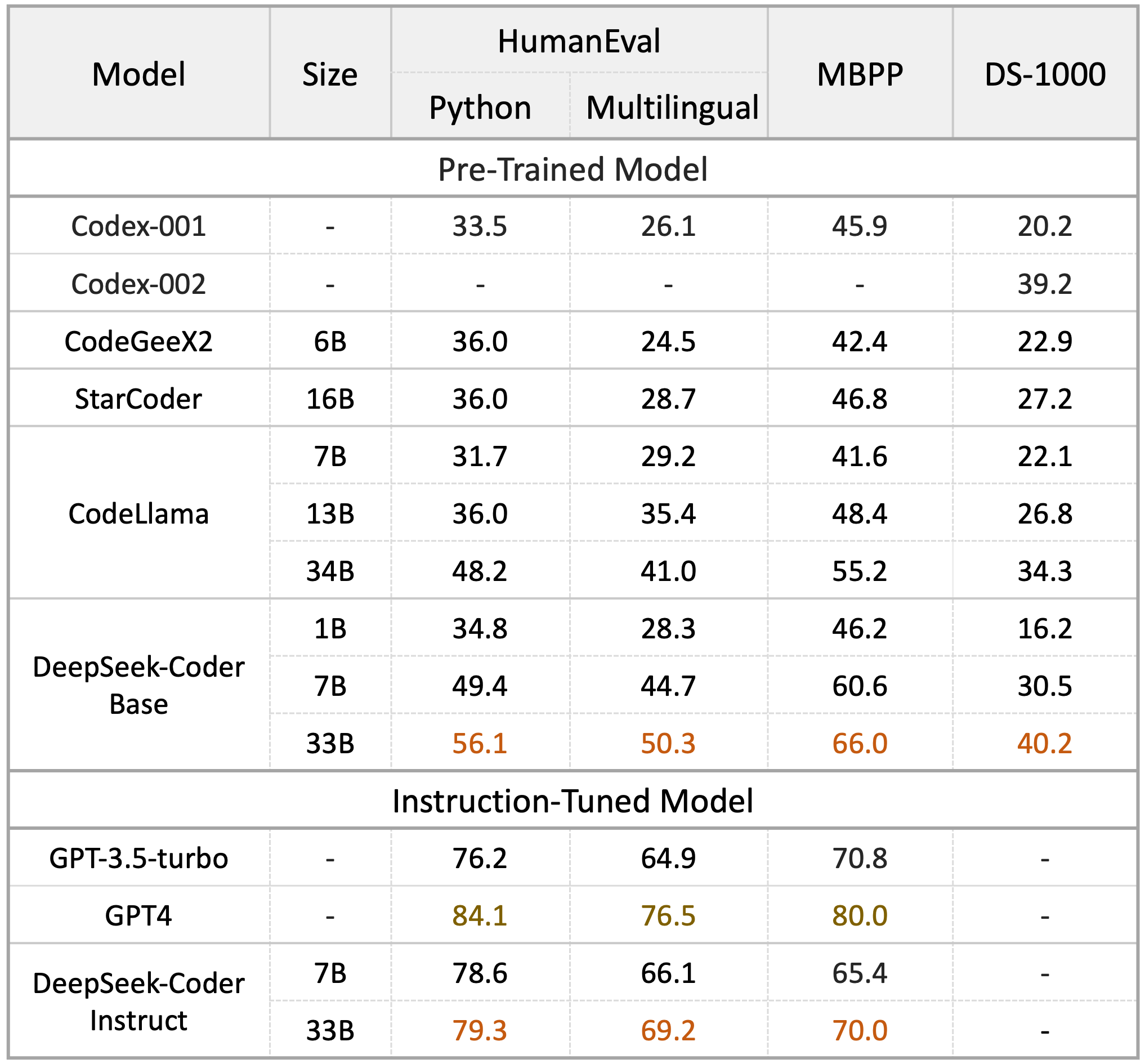Understanding DeepSeek R1
We have actually been tracking the explosive increase of DeepSeek R1, which has taken the AI world by storm in recent weeks. In this session, we dove deep into the advancement of the DeepSeek household – from the early models through DeepSeek V3 to the advancement R1. We likewise explored the technical developments that make R1 so unique in the world of open-source AI.
The DeepSeek Ancestral Tree: From V3 to R1

DeepSeek isn’t just a single model; it’s a household of significantly advanced AI systems. The evolution goes something like this:
DeepSeek V2:
This was the structure model which leveraged a mixture-of-experts architecture, where only a subset of professionals are utilized at inference, significantly improving the processing time for each token. It likewise included multi-head hidden attention to reduce memory footprint.
DeepSeek V3:
This design introduced FP8 training methods, which helped drive down training expenses by over 42.5% compared to previous versions. FP8 is a less precise method to save weights inside the LLMs but can significantly enhance the memory footprint. However, training utilizing FP8 can typically be unstable, and it is hard to obtain the preferred training results. Nevertheless, DeepSeek utilizes several techniques and attains remarkably steady FP8 training. V3 set the phase as a highly efficient design that was currently cost-efficient (with claims of being 90% less expensive than some closed-source options).
DeepSeek R1-Zero:
With V3 as the base, the group then presented R1-Zero, the first reasoning-focused iteration. Here, the focus was on teaching the model not just to create answers but to “think” before addressing. Using pure reinforcement knowing, the model was motivated to generate intermediate thinking actions, for instance, taking additional time (typically 17+ seconds) to work through an easy issue like “1 +1.”
The crucial development here was making use of group relative policy optimization (GROP). Instead of counting on a standard procedure reward design (which would have needed annotating every step of the reasoning), GROP compares numerous outputs from the model. By tasting several possible answers and scoring them (using rule-based measures like exact match for mathematics or validating code outputs), the system learns to prefer thinking that leads to the appropriate result without the requirement for specific supervision of every intermediate thought.

DeepSeek R1:
Recognizing that R1-Zero’s unsupervised technique produced reasoning outputs that could be hard to read and even blend languages, the developers returned to the drawing board. They utilized the raw outputs from R1-Zero to create “cold start” information and then manually curated these examples to filter and enhance the quality of the reasoning. This human post-processing was then utilized to tweak the original DeepSeek V3 design further-combining both reasoning-oriented reinforcement knowing and monitored fine-tuning. The outcome is DeepSeek R1: a model that now produces understandable, coherent, and reliable thinking while still maintaining the performance and cost-effectiveness of its predecessors.
What Makes R1 Series Special?
The most fascinating aspect of R1 (zero) is how it developed reasoning capabilities without specific supervision of the thinking process. It can be even more improved by utilizing cold-start information and supervised reinforcement discovering to produce legible reasoning on basic jobs. Here’s what sets it apart:
Open Source & Efficiency:
R1 is open source, permitting researchers and designers to check and build on its developments. Its expense efficiency is a significant selling point especially when compared to closed-source designs (claimed 90% less expensive than OpenAI) that need huge calculate budget plans.
Novel Training Approach:
Instead of relying entirely on annotated thinking (which is both costly and lengthy), the design was trained utilizing an outcome-based method. It started with quickly verifiable tasks, such as math problems and coding workouts, where the correctness of the final answer could be quickly determined.

By using group relative policy optimization, the training process compares numerous produced responses to identify which ones satisfy the preferred output. This relative scoring system enables the design to discover “how to believe” even when intermediate reasoning is generated in a freestyle way.
Overthinking?
A fascinating observation is that DeepSeek R1 often “overthinks” easy issues. For example, when asked “What is 1 +1?” it might spend nearly 17 seconds evaluating various scenarios-even thinking about binary representations-before concluding with the right answer. This self-questioning and verification process, although it may seem ineffective at first glimpse, might show useful in complex jobs where deeper thinking is needed.

Prompt Engineering:
Traditional few-shot triggering methods, which have worked well for lots of chat-based models, can really deteriorate efficiency with R1. The designers suggest using direct issue statements with a zero-shot approach that defines the output format plainly. This ensures that the design isn’t led astray by extraneous examples or hints that might interfere with its internal thinking procedure.
Getting Started with R1
For those aiming to experiment:
Smaller variations (7B-8B) can work on customer GPUs or perhaps only CPUs
Larger versions (600B) require substantial compute resources
Available through major cloud suppliers
Can be released in your area via Ollama or vLLM
Looking Ahead
We’re especially intrigued by several ramifications:
The capacity for this method to be used to other thinking domains
Impact on agent-based AI systems traditionally built on chat designs
Possibilities for integrating with other guidance strategies
Implications for business AI implementation
Thanks for pediascape.science checking out Deep Random Thoughts! Subscribe free of charge to receive brand-new posts and support my work.
Open Questions
How will this impact the development of future thinking designs?
Can this approach be reached less proven domains?
What are the ramifications for multi-modal AI systems?
We’ll be viewing these advancements closely, particularly as the community begins to explore and build on these methods.
Resources
Join our Slack neighborhood for ongoing discussions and updates about DeepSeek and other AI advancements. We’re seeing fascinating applications already emerging from our bootcamp participants dealing with these designs.
Chat with DeepSeek:
https://www.deepseek.com/
Papers:
DeepSeek LLM

DeepSeek-V2
DeepSeek-V3
DeepSeek-R1
Blog Posts:
The Illustrated DeepSeek-R1

DeepSeek-R1 Paper Explained
DeepSeek R1 – a brief summary
Cloud Providers:
Nvidia
Together.ai
AWS
Q&A
Q1: Which model deserves more attention – DeepSeek or Qwen2.5 Max?
A: While Qwen2.5 is also a strong design in the open-source community, the choice eventually depends on your use case. DeepSeek R1 emphasizes innovative thinking and a novel training method that might be especially valuable in tasks where verifiable logic is vital.
Q2: Why did significant suppliers like OpenAI go with monitored fine-tuning instead of support learning (RL) like DeepSeek?
A: We ought to note in advance that they do use RL at least in the type of RLHF. It is most likely that models from significant service providers that have thinking abilities already use something similar to what DeepSeek has done here, however we can’t make certain. It is also most likely that due to access to more resources, they preferred supervised fine-tuning due to its stability and the ready availability of large annotated datasets. Reinforcement knowing, although powerful, can be less foreseeable and more difficult to manage. DeepSeek’s approach innovates by applying RL in a reasoning-oriented manner, allowing the design to learn efficient internal reasoning with only very little procedure annotation – a method that has actually proven appealing despite its complexity.
Q3: Did DeepSeek utilize test-time similar to those of OpenAI?
A: DeepSeek R1’s style stresses effectiveness by leveraging techniques such as the mixture-of-experts approach, which triggers only a subset of parameters, to lower calculate throughout reasoning. This concentrate on efficiency is main to its expense advantages.
Q4: What is the distinction between R1-Zero and R1?
A: R1-Zero is the preliminary design that learns reasoning exclusively through reinforcement learning without specific process guidance. It produces intermediate thinking steps that, while sometimes raw or mixed in language, serve as the foundation for knowing. DeepSeek R1, on the other hand, improves these outputs through human post-processing and monitored fine-tuning. In essence, R1-Zero supplies the not being watched “stimulate,” and R1 is the sleek, more meaningful version.
Q5: How can one remain updated with thorough, technical research while handling a busy schedule?
A: Remaining existing involves a combination of actively engaging with the research study neighborhood (like AISC – see link to sign up with slack above), following preprint servers like arXiv, attending pertinent conferences and webinars, and engel-und-waisen.de taking part in discussion groups and newsletters. Continuous engagement with online communities and collaborative research study projects also plays an essential role in staying up to date with technical advancements.
Q6: In what use-cases does DeepSeek outshine models like O1?
A: The short response is that it’s prematurely to tell. DeepSeek R1’s strength, however, depends on its robust reasoning abilities and its efficiency. It is particularly well matched for tasks that need verifiable logic-such as mathematical problem solving, code generation, and structured decision-making-where intermediate reasoning can be evaluated and verified. Its open-source nature even more enables tailored applications in research and business settings.
Q7: What are the ramifications of DeepSeek R1 for business and start-ups?
A: The open-source and affordable design of DeepSeek R1 decreases the entry barrier for releasing advanced language designs. Enterprises and start-ups can utilize its sophisticated thinking for agentic applications ranging from automated code generation and consumer assistance to data analysis. Its flexible implementation options-on customer hardware for smaller models or cloud platforms for bigger ones-make it an appealing alternative to exclusive options.
Q8: Will the design get stuck in a loop of “overthinking” if no correct answer is found?
A: While DeepSeek R1 has been observed to “overthink” easy problems by exploring numerous reasoning paths, it integrates stopping criteria and evaluation mechanisms to avoid boundless loops. The support finding out framework encourages convergence toward a verifiable output, engel-und-waisen.de even in uncertain cases.
Q9: Is DeepSeek V3 completely open source, and is it based on the Qwen architecture?
A: Yes, DeepSeek V3 is open source and functioned as the foundation for later versions. It is developed on its own set of innovations-including the mixture-of-experts approach and FP8 training-and is not based upon the Qwen architecture. Its design emphasizes effectiveness and expense decrease, setting the stage for the thinking innovations seen in R1.
Q10: How does DeepSeek R1 perform on vision jobs?
A: DeepSeek R1 is a text-based design and does not include vision capabilities. Its style and training focus solely on language processing and gratisafhalen.be reasoning.
Q11: Can professionals in specialized fields (for example, laboratories dealing with cures) use these techniques to train domain-specific models?
A: Yes. The innovations behind DeepSeek R1-such as its outcome-based thinking training and efficient architecture-can be adapted to various domains. Researchers in fields like biomedical sciences can tailor wiki.vst.hs-furtwangen.de these methods to develop models that address their specific obstacles while gaining from lower calculate expenses and robust thinking abilities. It is most likely that in deeply specialized fields, however, bytes-the-dust.com there will still be a need for monitored fine-tuning to get dependable results.
Q12: Were the annotators for the human post-processing specialists in technical fields like computer science or mathematics?
A: The conversation showed that the annotators mainly focused on domains where correctness is easily verifiable-such as math and coding. This recommends that competence in technical fields was certainly leveraged to guarantee the accuracy and clearness of the thinking information.
Q13: Could the model get things wrong if it depends on its own outputs for finding out?
A: While the model is designed to optimize for correct answers by means of reinforcement learning, there is always a threat of errors-especially in uncertain circumstances. However, by evaluating multiple prospect outputs and strengthening those that lead to proven results, the training process reduces the likelihood of propagating incorrect reasoning.
Q14: How are hallucinations decreased in the design offered its iterative reasoning loops?
A: The use of rule-based, verifiable tasks (such as math and coding) assists anchor the design’s thinking. By comparing numerous outputs and using group relative policy optimization to strengthen only those that yield the appropriate outcome, the model is directed far from creating unfounded or hallucinated details.
Q15: Does the design count on complex vector mathematics?
A: Yes, advanced techniques-including complex vector math-are integral to the execution of mixture-of-experts and attention systems in DeepSeek R1. However, the main focus is on utilizing these methods to make it possible for effective reasoning rather than showcasing mathematical intricacy for its own sake.
Q16: Some worry that the design’s “thinking” might not be as refined as human reasoning. Is that a valid concern?
A: Early versions like R1-Zero did produce raw and in some cases hard-to-read reasoning. However, the subsequent refinement process-where human professionals curated and improved the thinking data-has significantly enhanced the clarity and reliability of DeepSeek R1’s internal thought process. While it remains a progressing system, iterative training and feedback have caused significant enhancements.
Q17: Which design versions are suitable for regional implementation on a laptop computer with 32GB of RAM?
A: For regional screening, a medium-sized model-typically in the variety of 7B to 8B parameters-is suggested. Larger models (for example, those with numerous billions of criteria) require significantly more computational resources and are much better matched for cloud-based deployment.
Q18: Is DeepSeek R1 “open source” or does it use only open weights?
A: DeepSeek R1 is offered with open weights, meaning that its design parameters are publicly available. This lines up with the total open-source viewpoint, permitting scientists and designers to additional explore and construct upon its innovations.
Q19: What would happen if the order of training were reversed-starting with supervised fine-tuning before without supervision support learning?
A: The present approach permits the model to first explore and create its own reasoning patterns through without supervision RL, and then improve these patterns with supervised approaches. Reversing the order may constrain the model’s ability to find diverse reasoning courses, possibly restricting its total performance in tasks that gain from self-governing thought.
Thanks for checking out Deep Random Thoughts! Subscribe free of charge to get brand-new posts and support my work.



